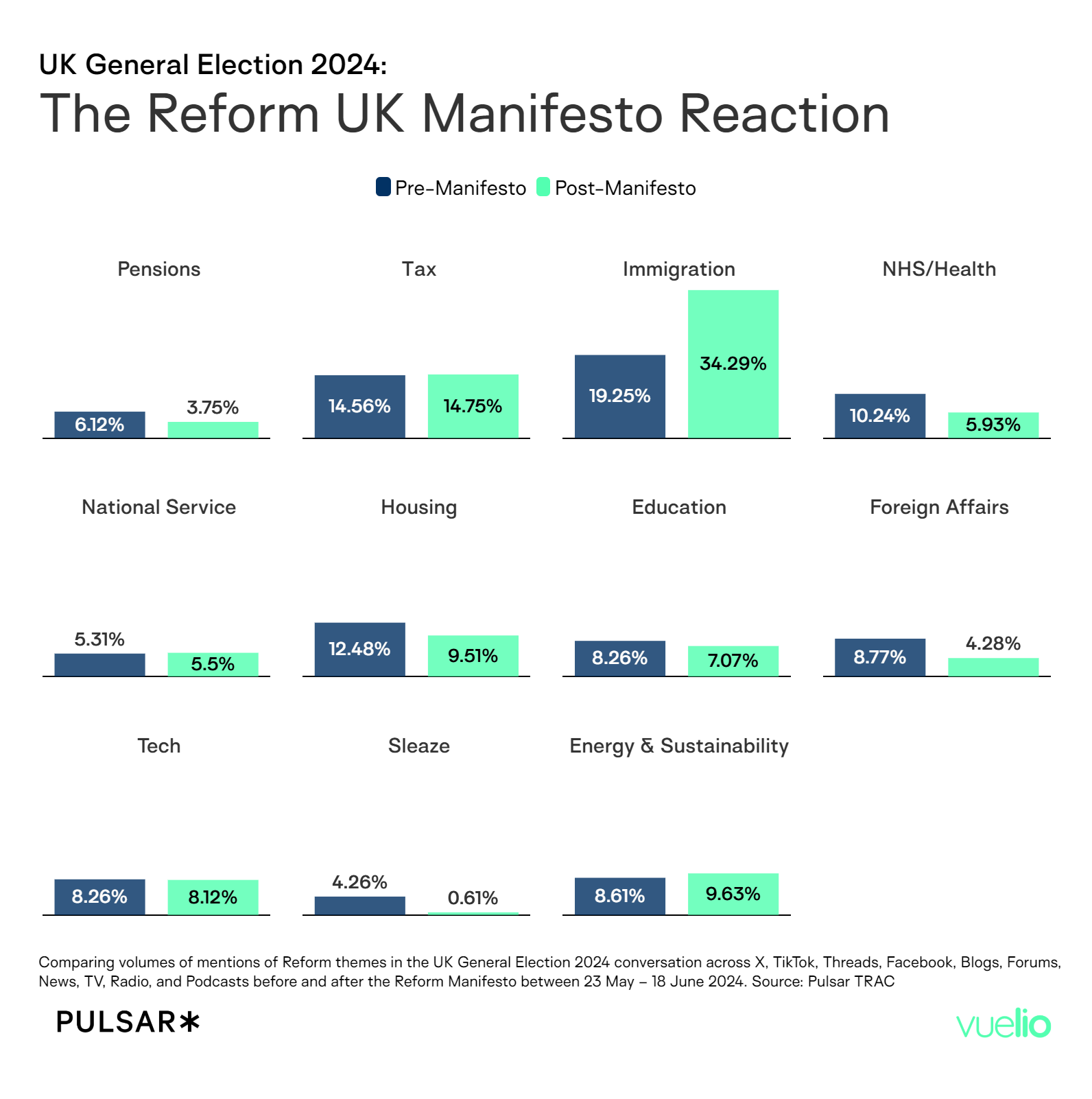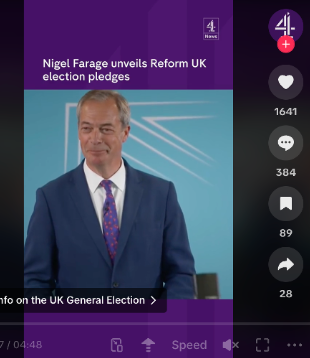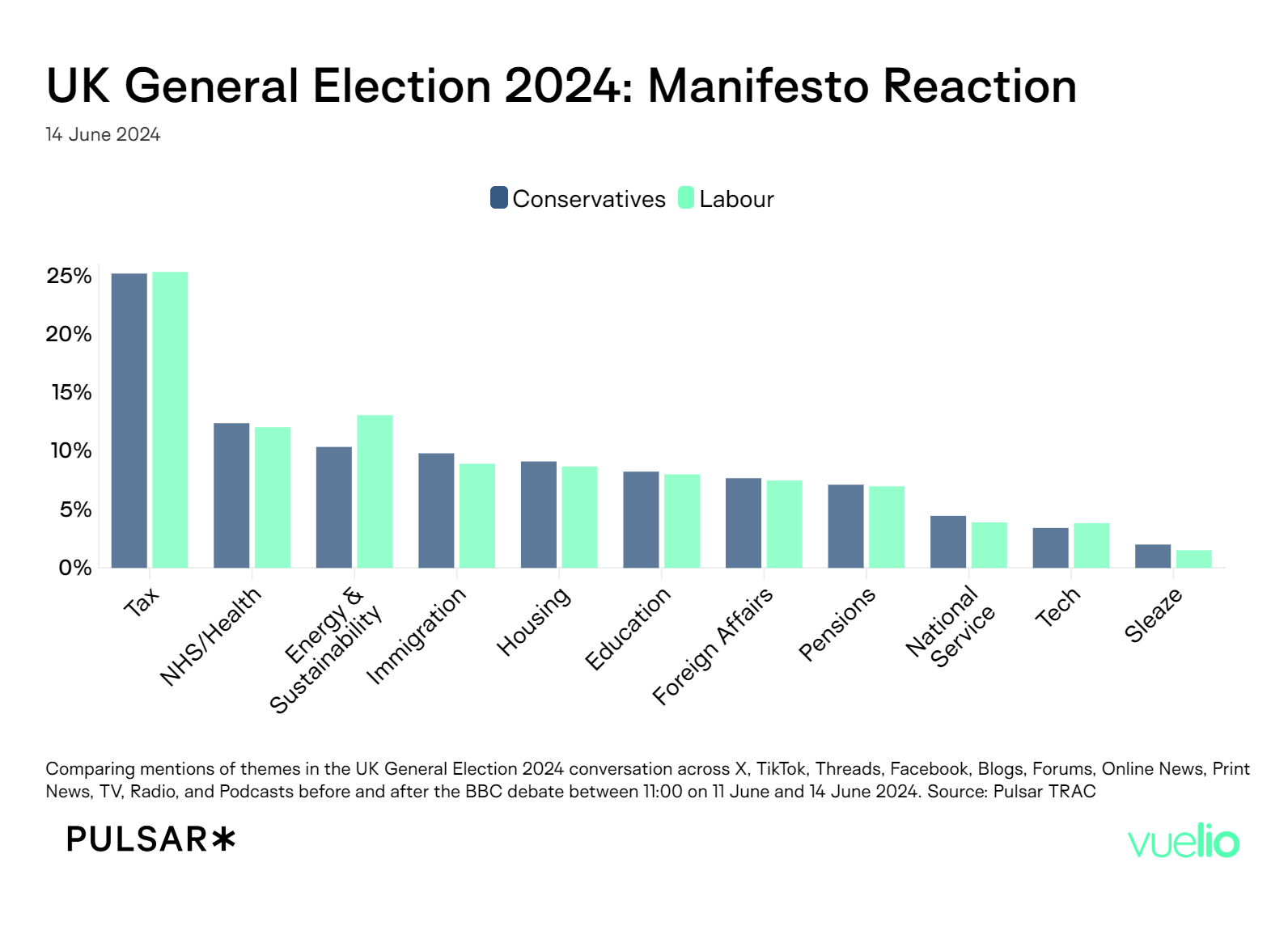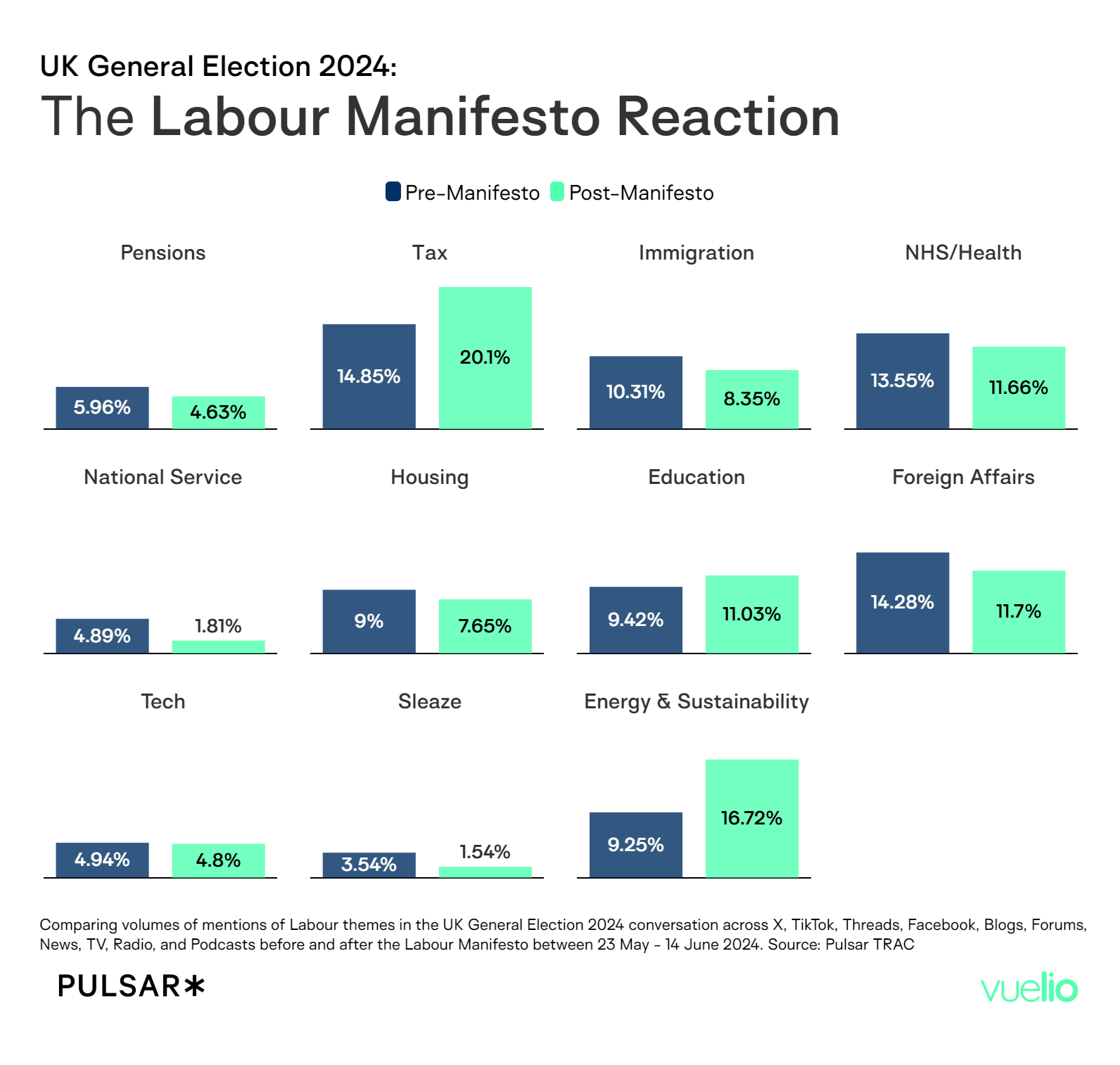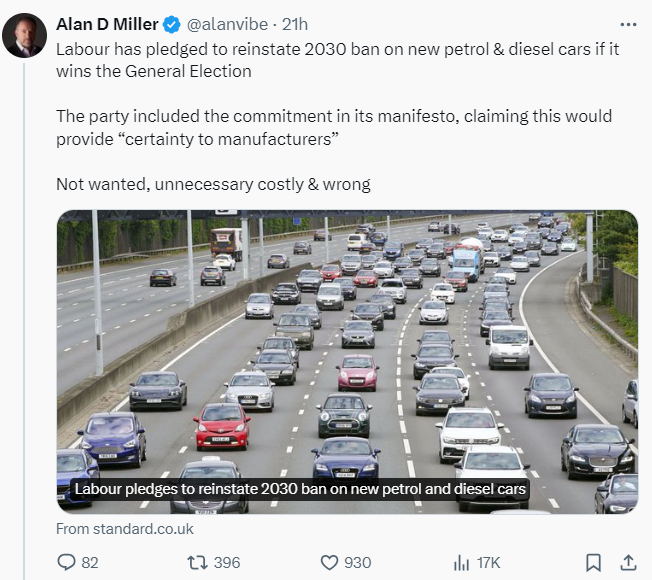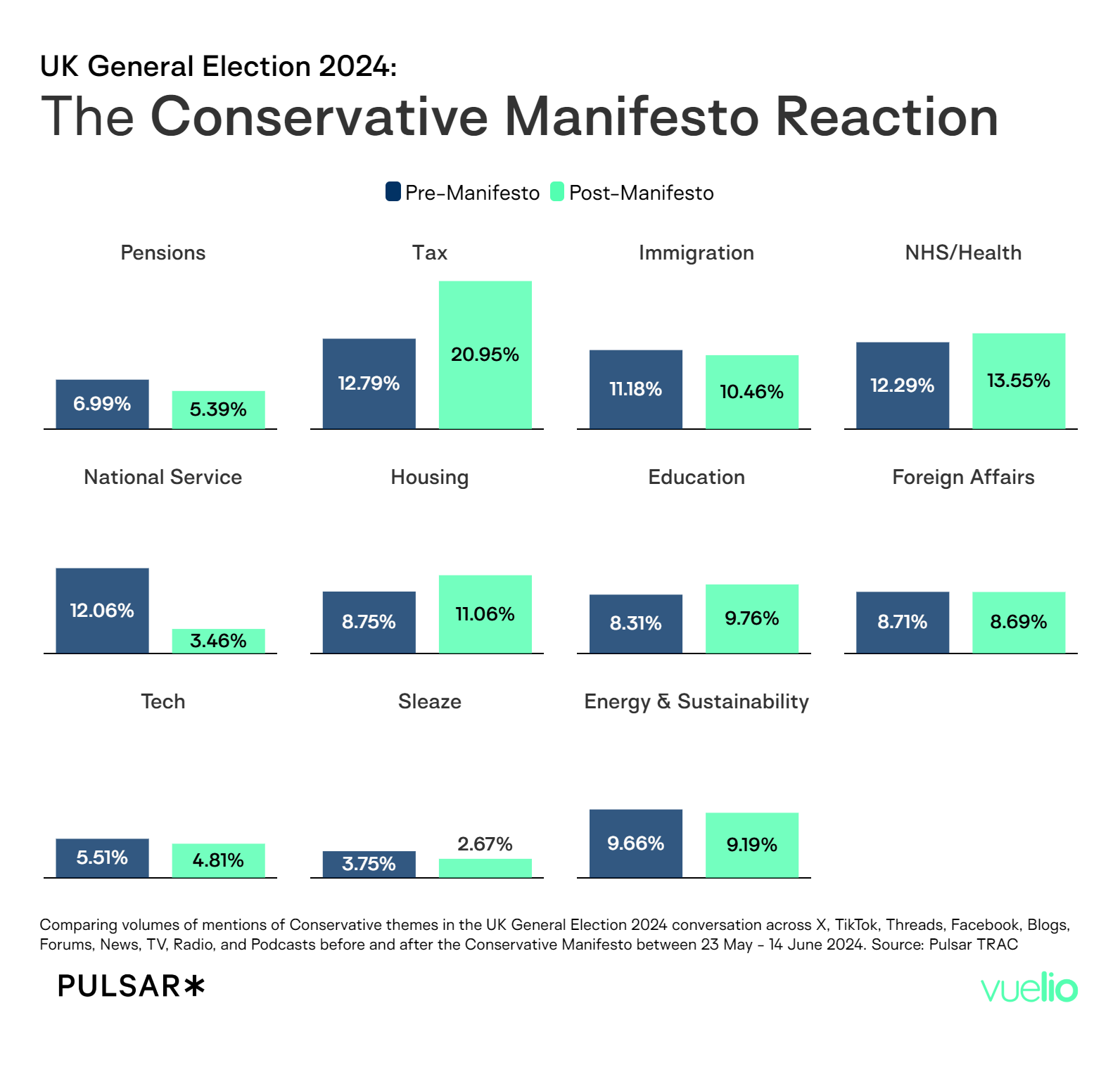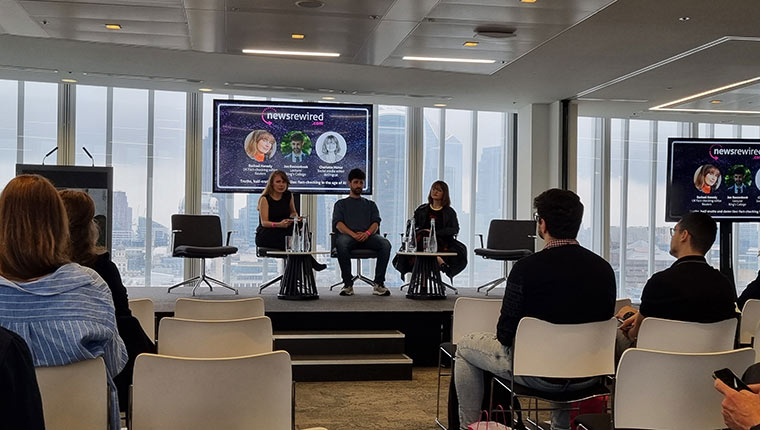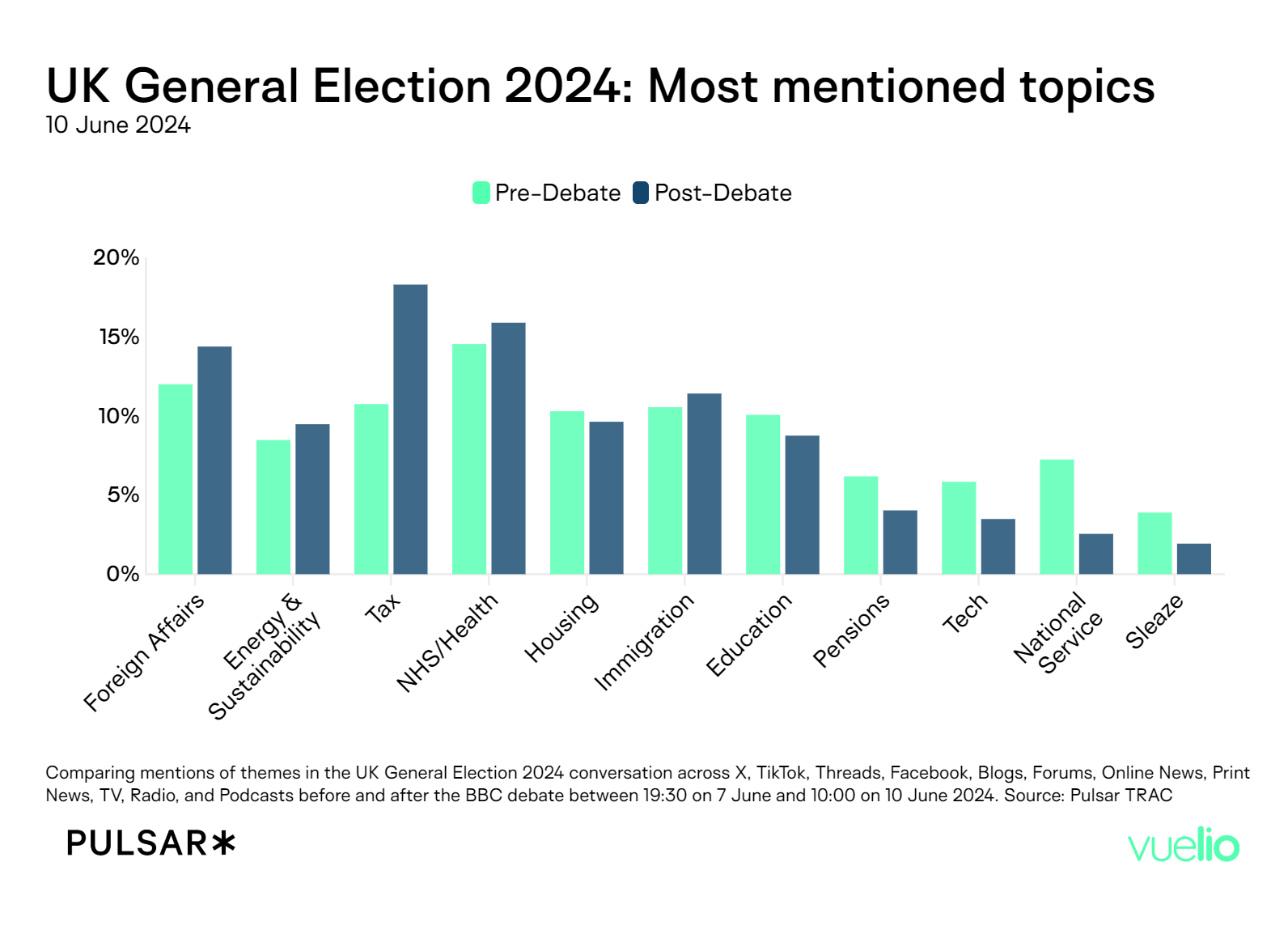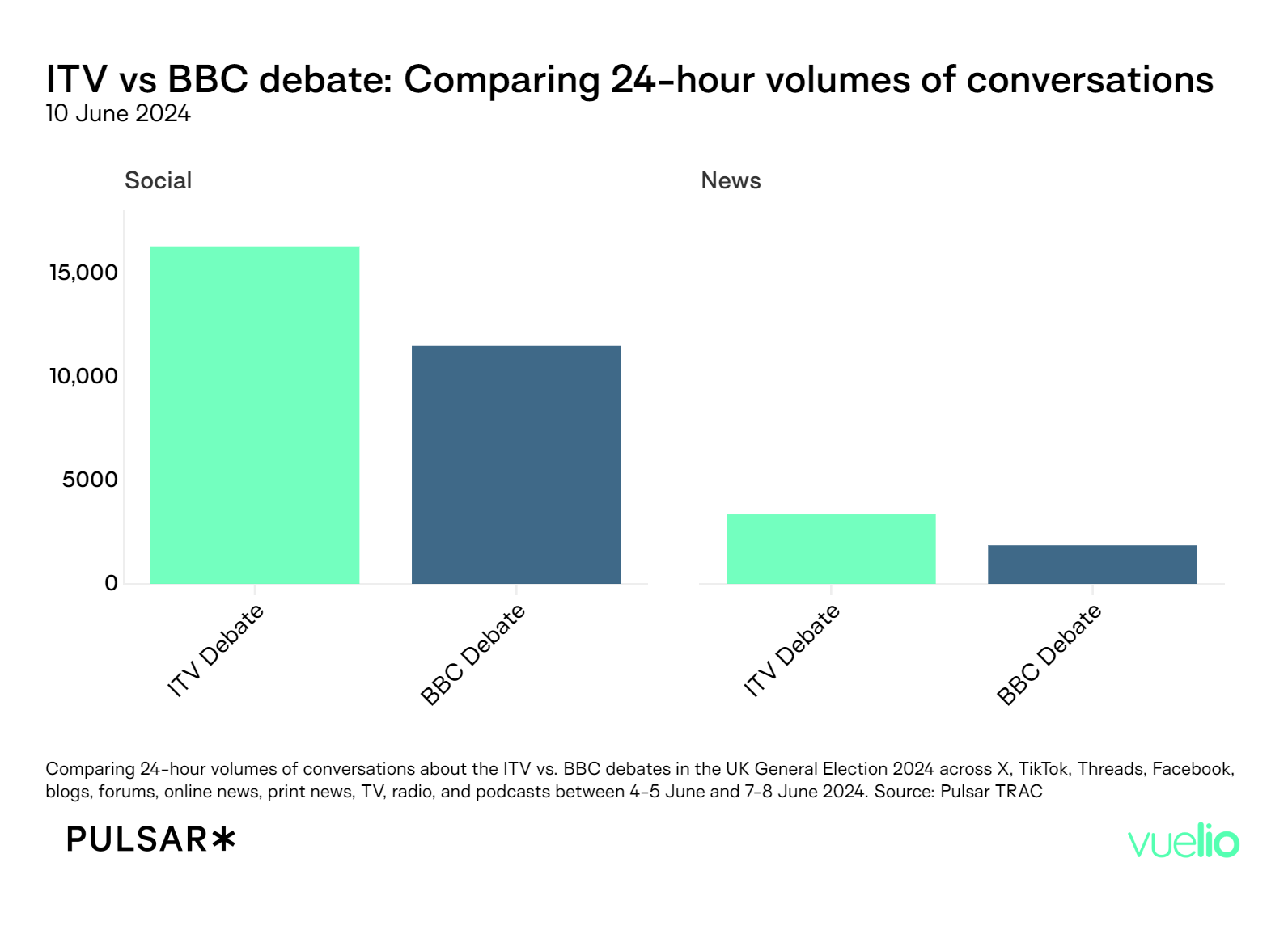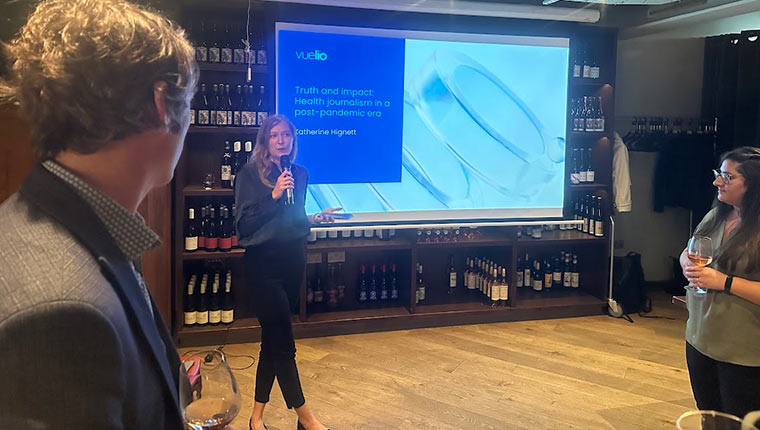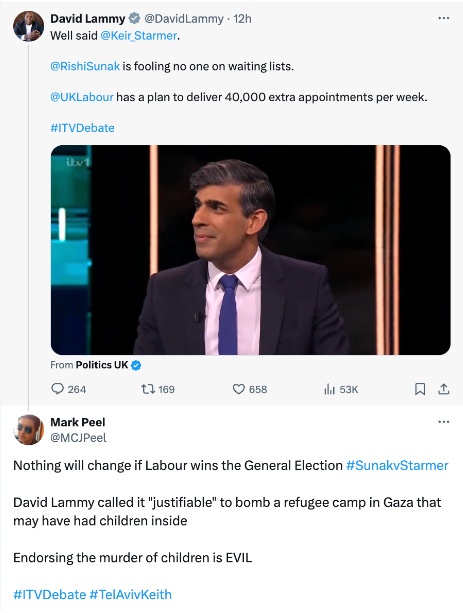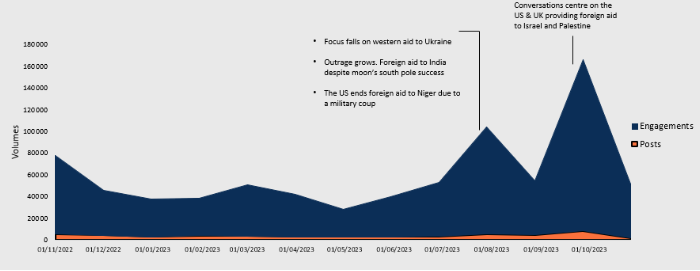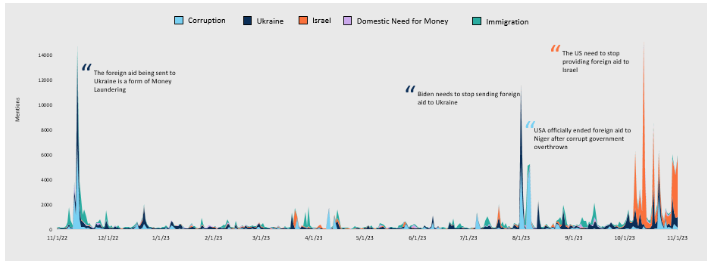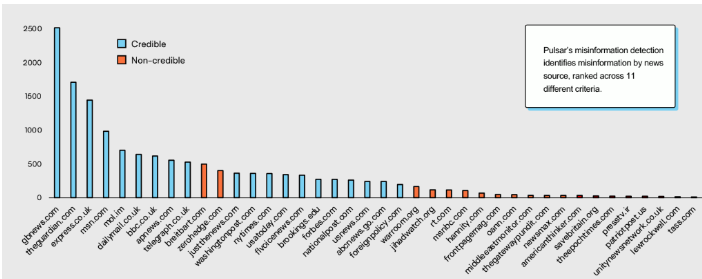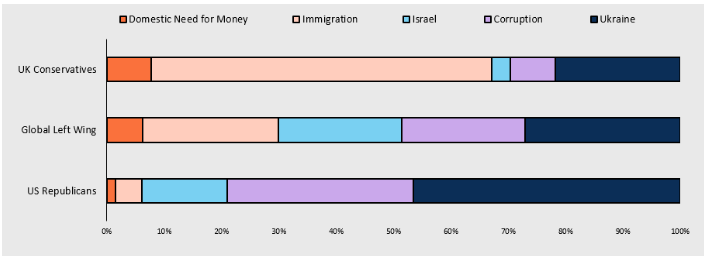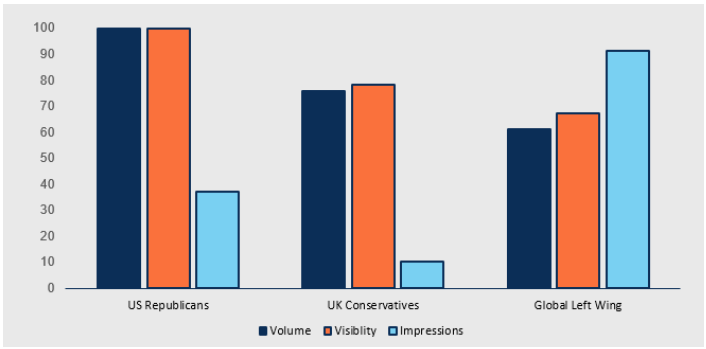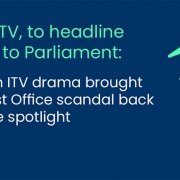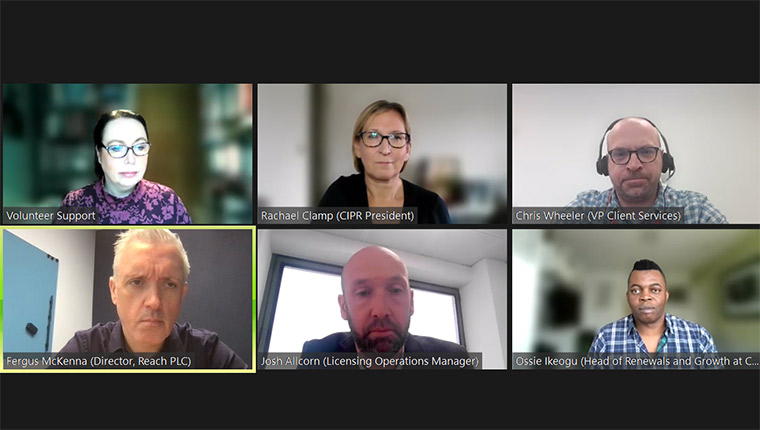Winners and losers: Who placed on the PR podium for the 2024 Olympics?
There are no medals for PR at the Olympics (yet), but comms teams across the world were busy bigging-up sponsorships and superstar athletes throughout the 2024 event in Paris. Which PR campaigns were successful and deserving of plaudits, and which could have done better?
With the Paralympics (and a whole new load of PR moments) on the way, here is our overview of what worked, and what didn’t, at this year’s Olympics…
Our gold medal goes to… cheese
Probably an unsurprising choice (if you’ve been online at all throughout the games) is Italian gymnast Giorgia Villa’s partnership with cheese brand Parmigiano Reggiano. Sponsored by the cheese since 2021, Villa’s past photoshoot with wheels of the good stuff was rediscovered by X users at the end of July, to widespread joy and social virality.

As said by one X user: ‘Dunno how much the Parmigiano-Reggiano Cheese Consortium has been paying Giorgia Villa since this deal was arranged in 2021 but they’re certainly getting their money’s worth this week’.
Will Villa further build her own brand with other tie-ins, like Usain Bolt, George Forman, and Mo Farah have in recent years? It’s a solid PR strategy for sportspeople, and the brands they work with, for getting attention online and press coverage.
Silver goes to… Mongolia’s opening ceremony uniform
Way before the serious sporting even started for this year’s Olympics games, competition was rife among the countries taking part… around the release of their uniforms.
While Team USA had tagged in fashion heavy-hitter Ralph Lauren to clothe their competing athletes, it was Mongolia’s uniform that received the majority of attention online, as shown by analysis of social and news platforms using Pulsar.
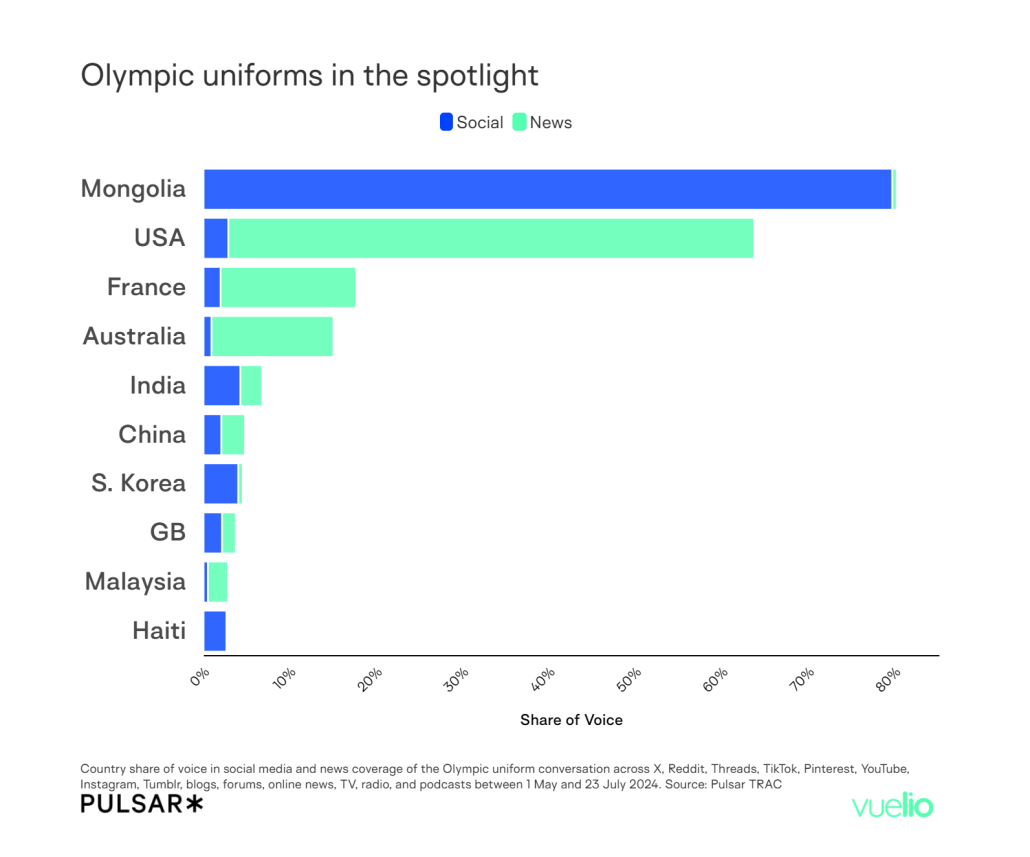
A common feeling among the takes on Mongolia’s uniform – positivity for the nods to tradition, careful crafting, and textile choices.

Reaction to the US’s uniform – perceived laziness for the choice of ‘dated’ brand Ralph Lauren.

Mongolia’s uniform got the public talking, with pleasant surprise. All this, despite the lack of a big PR and comms function behind the team.
When looking at brands involved in the Paris Olympics, Ralph Lauren received plenty of mentions on social and news write-ups – both prior to and post-competition – much of it negative.

There’s a lesson here for those tasked with tie-ins and team-ups for the upcoming 2028 Olympics: find out what your intended audience actually wants to see by researching their interests. Integrating cultural relevance into branding was effective in this case. Well-researched choices can spark those watching at home – an average of 30.6 million people watched coverage of the Paris Olympics on Comcast Corp.’s US media outlets, by the way – to dive into the conversation.
Bronze goes to…Snoop Dogg and Flavor Flav
Bringing ‘delight to the games’, as reported by The Guardian, was superstar Snoop Dogg, who served as a special correspondent for NBC’s Olympics programming.
Plenty of celebrities featured at the Paris Olympics – including, confusingly, the Minions during the opening ceremony – but none got quite the same level of fondness in their press write-ups. Apart from Flavor Flav.
Fellow musician and memetic star Flav’s signing of a five-year sponsorship deal with the US women’s and men’s water polo teams, and help with landing sportspeople brand deals, has strengthened his profile. AND, more importantly, is sure to help more people of colour into the sport – a hope he shared during an interview with NPR.
And the ‘better luck next time’ award goes to… a well-intentioned misstep in memeing
Shout-out to the PRs who flagged this one – a brand post aimed at highlighting inspirational female athletes… with subtitles related to relationships.
‘I mean, it’s 2024, right? […] It’s sad to see this stereotype being used yet again. Are we not past the point of thinking women are only interested in men and relationships?’ was one take on LinkedIn. The company later deleted their Instagram post – a wise strategy when a piece of PR isn’t winning over the audience.
Want to connect with journalists who’ll be reporting from upcoming sporting events, and track your coverage? Try Vuelio’s Media Database and Media Monitoring.






